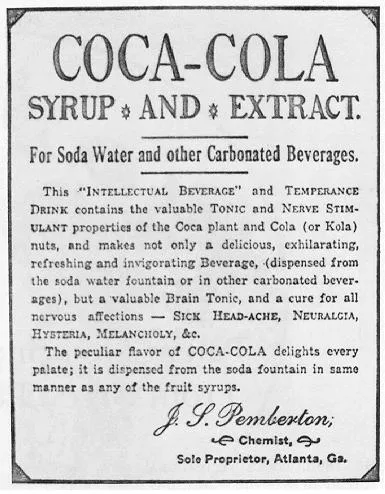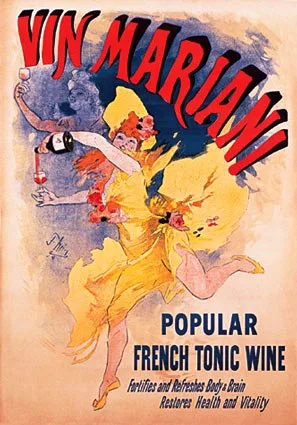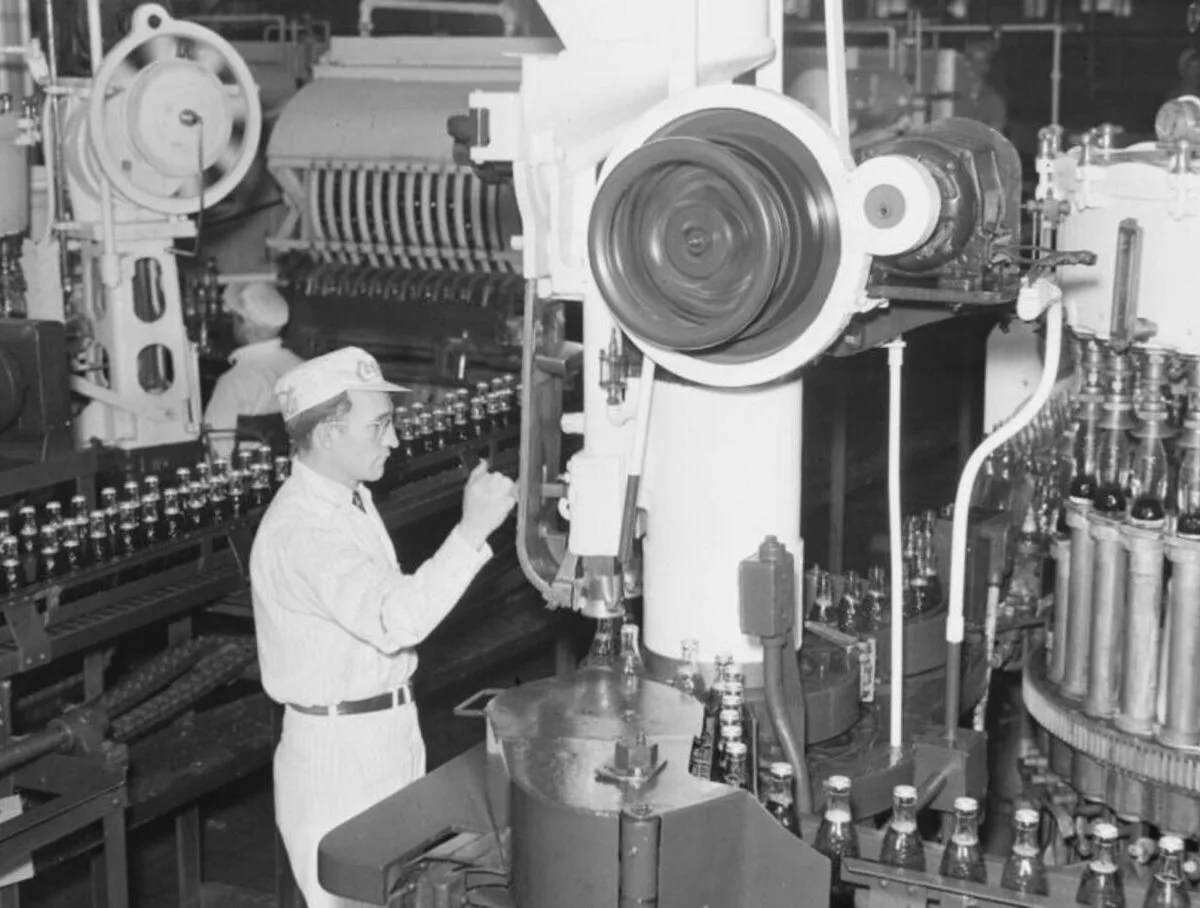There is often a claim in the media and blogs that cocaine was originally added to Coca-Cola. We decided to check if this is true.
In April 2022, Elon Musk wrote on his Twitter that he is going to buy the Coca-Cola company in order to return cocaine to soda. The American billionaire's joke revived interest in the long-standing story about the drink's original recipe. Found on many blogs statementthat Coca-Cola at the beginning of the 20th century contained cocaine, and even sometimes is given dosage - 60 mg per bottle.
Officially, the Coca-Cola Company gives a clear and concise answer to this common question: “Coca-Cola does not contain cocaine or other illegal substances, and cocaine has never been an ingredient in Coca-Cola.” But the story is a little more complicated. On May 8, 1886, John Pemberton, a pharmacist and Civil War veteran from Atlanta, sold local pharmacy with homemade syrup. In the pharmacy, as was customary at that time, the syrup was diluted with sparkling water. In July 1887 Pemberton patented its syrup as a “nerve tonic.”
The description of the syrup, signed by Pemberton, distributed in pharmacies, indicated the composition: coca (plant) and cola (nuts). And this remedy, as the advertisement claimed, helped against many ailments: nausea, neuralgia, hysteria, melancholy.

Mark Pendergrast, author of For God, Country and Coca-Cola tellsthat Pemberton originally sold two drinks. The second was French Wine Coca, a mixture of wine, coca, kola nuts and damiana (a plant containing caffeine). Pemberton borrowed the idea from France, where they sold "Mariani wine", which contained mixed Bordeaux and coca leaf extract. But in 1887, Atlanta authorities introduced ban on the sale of alcohol and even carried out raids on pharmacies. Pendergrast believes that Pemberton therefore stopped selling coca wine and focused on a non-alcoholic version of the drink.

At the end of the 19th century, cocaine was freely sold in pharmacies and recommended, for example, for children to reduce toothache. But by the turn of the century, scientists were finding more and more disadvantages in drug use, and in 1906 it was published in the United States. lawregulating the sale of cocaine and other stimulants that can cause harm to health. In 1914–1915 there was accepted another law that effectively banned the free sale of cocaine and other substances extracted from coca leaves. According to Pendergrast, in the period between these two laws, the Coca-Cola company changed the composition of the drink.
It is difficult to determine in what proportion the ingredients of the original syrup were mixed: this has always remained a company secret. In 1988, an article in the New York Times published a remark from an unnamed company representative: “The original recipe contained cocaine, but the drug was removed at the very beginning of the century.” Fact-checking site Snopes notesthat perhaps the syrup contained not cocaine, but ecgonine, an alkaloid extracted from coca leaves. Now he is also in international list illegal drugs, like other cocaine precursors.
There is no convincing direct evidence of the presence of cocaine in Coca-Cola of the late 19th century; the company itself categorically denies such a recipe. But the historical context suggests that this is possible. American National Institute on Drug Use (NIDA) notesthat cocaine was the main active ingredient in many elixirs and tonics of the early 20th century. This is evidenced by the parallel sale of Coca-Cola and an alcoholic drink with a similar composition. Finally, coca leaves (though devoid of any narcotic effect) are still used in the production of syrup for Coca-Cola. For this involved a special laboratory in New Jersey, receiving raw materials from Chile and Bolivia.
Cover and inside images: Wikipedia
This is not accurate
Read on topic:
Mark Pendergrast: For God, Country, and Coca-Cola.
If you find a spelling or grammatical error, please let us know by highlighting the error text and clicking Ctrl+Enter.






